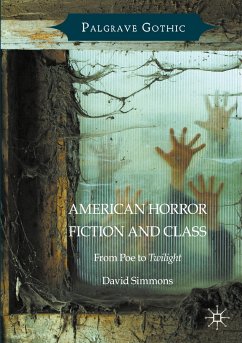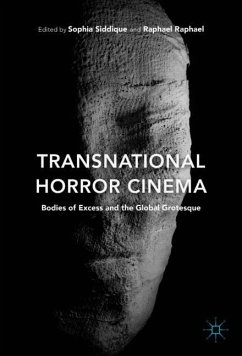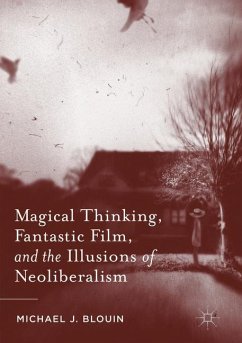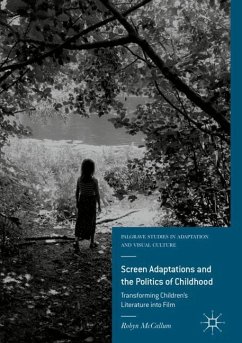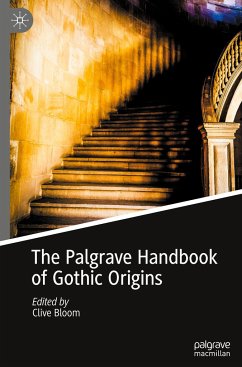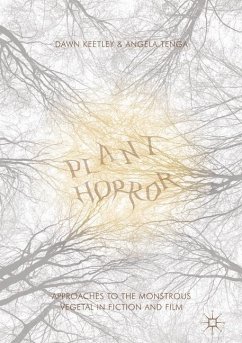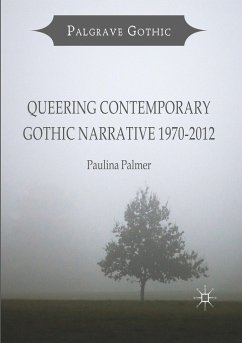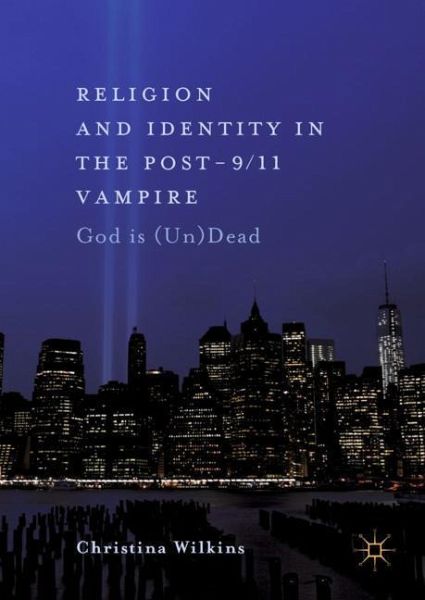
Religion and Identity in the Post-9/11 Vampire
God Is (Un)Dead
Versandkostenfrei!
Versandfertig in 6-10 Tagen
68,99 €
inkl. MwSt.
Weitere Ausgaben:

PAYBACK Punkte
34 °P sammeln!
This book offers a unique argument for the emergence of a post-9/11 vampire that showcases changing perspectives on identity and religion in American culture, offering a look at how cultural narratives can be used to work through trauma. Cultural narratives have long played a valuable role in mediating difficult and politically sensitive topics. Christina Wilkins addresses how the figure of the vampire is used in modern narratives and how it has changed from previous incarnations, particularly in American narratives.The vampire has been a cultural staple for centuries but the current conceptio...
This book offers a unique argument for the emergence of a post-9/11 vampire that showcases changing perspectives on identity and religion in American culture, offering a look at how cultural narratives can be used to work through trauma. Cultural narratives have long played a valuable role in mediating difficult and politically sensitive topics. Christina Wilkins addresses how the figure of the vampire is used in modern narratives and how it has changed from previous incarnations, particularly in American narratives.
The vampire has been a cultural staple for centuries but the current conception of the figure has been arguably Americanized with the rise of the modern American vampire coinciding with the aftermath of 9/11. Wilkins investigates changes evident in cultural representations, and how they effectively mediate the altered approach to issues of trauma and identity. By investing metaphorical tropes with cultural significance, the book offers audiences the opportunity to consider new perspectives and prompt important discussions while also illuminating changes in societal attitudes.
The vampire has been a cultural staple for centuries but the current conception of the figure has been arguably Americanized with the rise of the modern American vampire coinciding with the aftermath of 9/11. Wilkins investigates changes evident in cultural representations, and how they effectively mediate the altered approach to issues of trauma and identity. By investing metaphorical tropes with cultural significance, the book offers audiences the opportunity to consider new perspectives and prompt important discussions while also illuminating changes in societal attitudes.






